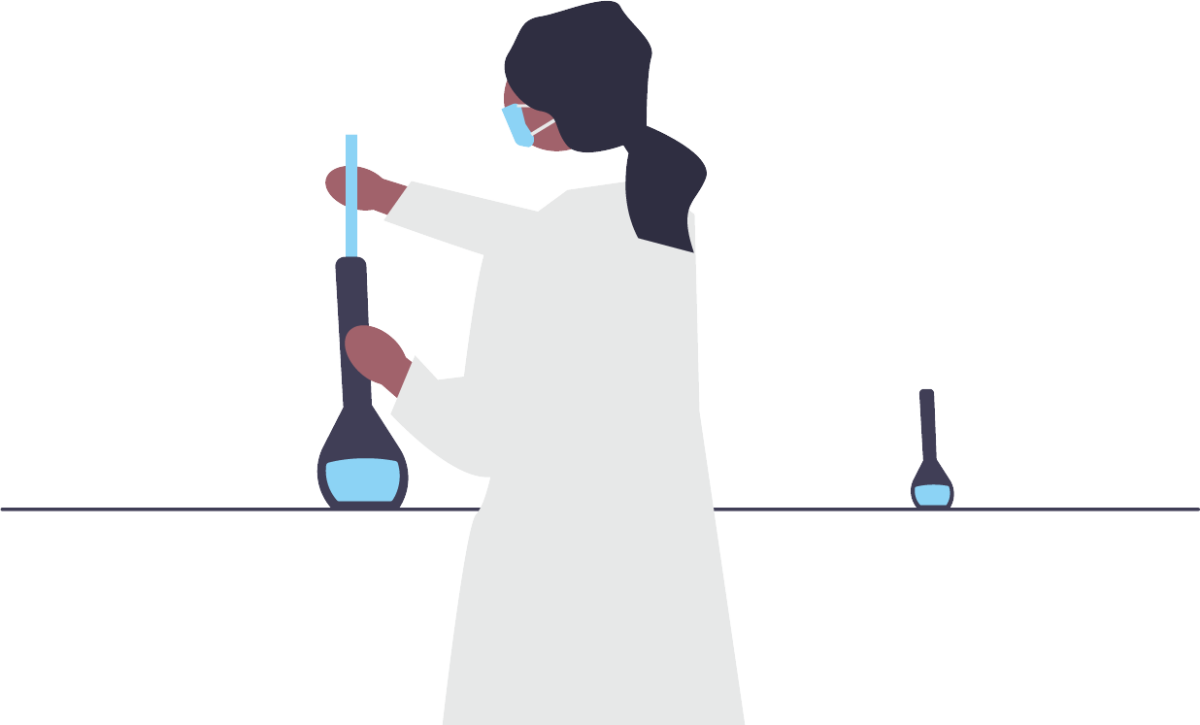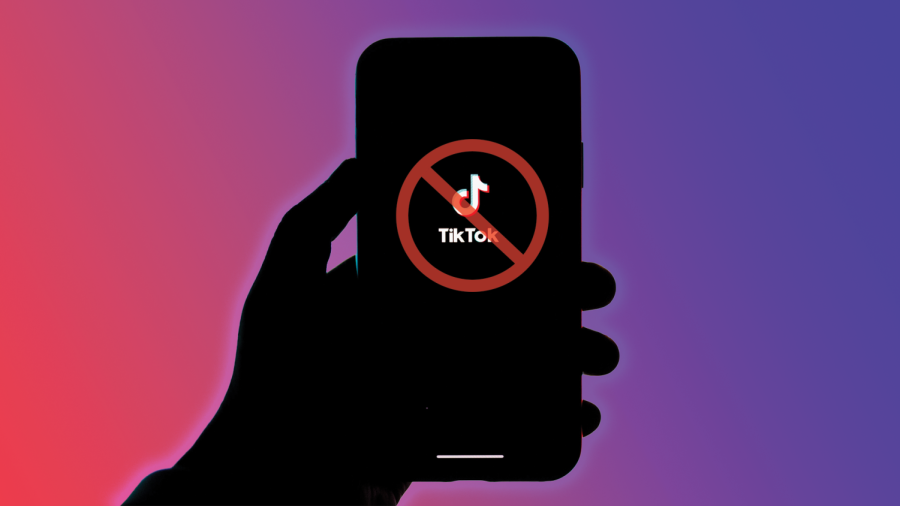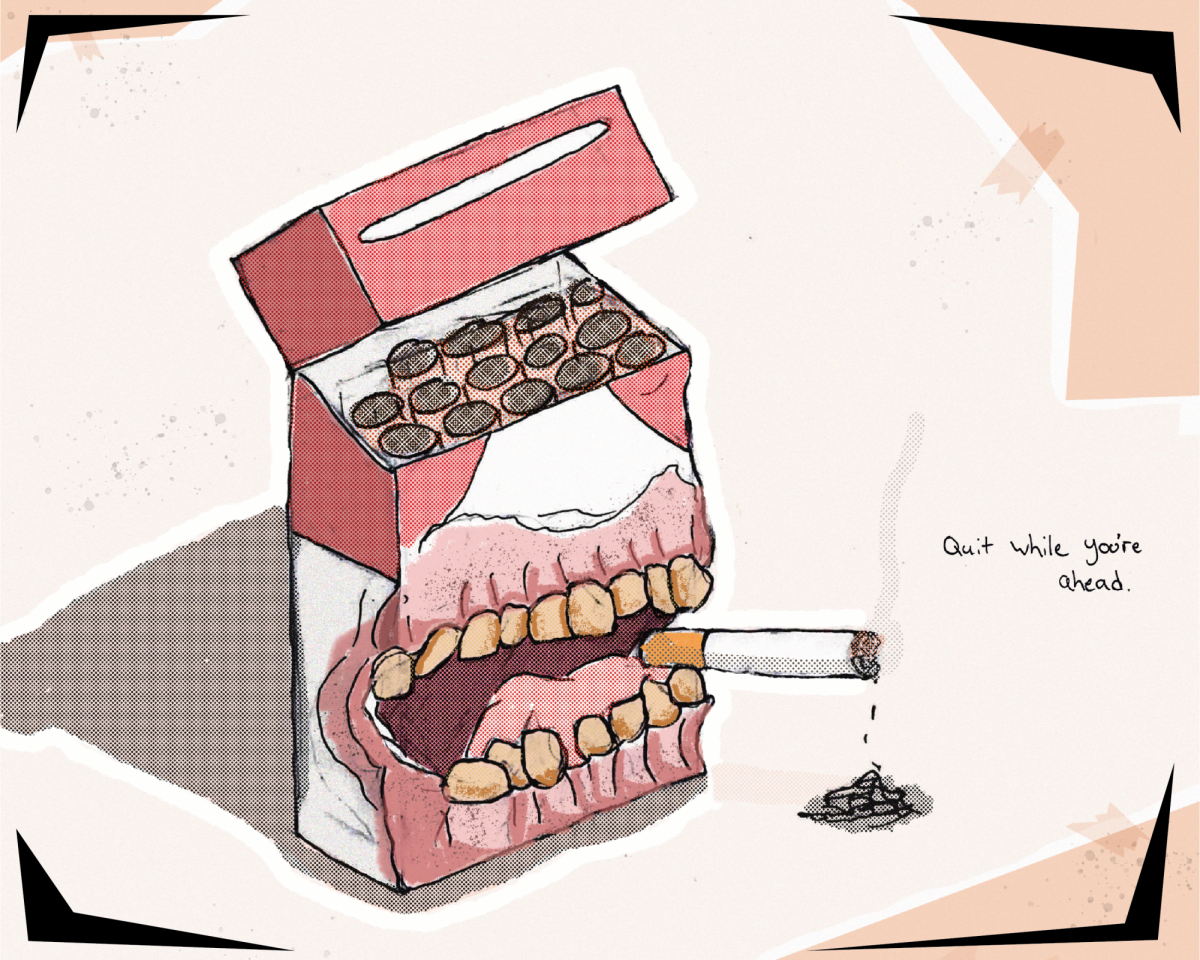In 1980, the third edition of the Diagnostic and Statistical Manual of Mental Disorders (DSM-III) officialized Gender Identity Disorder, labeling transgender and gender nonconforming individuals as mentally disturbed. In 2013, the DSM-5 slashed Gender Identity Disorder, and reclassiffied it as Gender Dysphoria. This recent feat legitimized the transgender community and emboldened the current dialogue for acceptance and inclusion. However, despite my liberal sensibilities, it might be time to repathologize the condition.
Now hear me out — I am not saying I promote conversion therapy, or oppressive legislation, or the idea transgender people are mentally disturbed. What I am talking about are the National Transgender Discrimination Survey (NTDS, 2008) and the United States Transgender Survey (USTS, 2015). The NTDS was the largest survey of transgender and gender nonconforming individuals in history with over 6,000 participants; until it was surpassed by the USTS with nearly 28,000 participants. While their pool sizes are drastically different, unfortunately, the results vary only by a few percent points. It is important to note now that these reports documented suicide attempt rates, not to be confused with suicide death rates.
According to the 2008 survey, the average attempted suicide rate for transgender and gender nonconforming people was 41 percent. And in 2015, the USTS confirmed it to be 40 percent. This is a daunting figure on its own, but compare it to the general attempted suicide rate in the United States (4.6 percent) and these statistics are all the more confusing. Why is there such a huge disparity between transgender people attempting suicide and every other group of people in the U.S.?
Here is where it gets tricky. To some on the political right, this may be seen as proof of transgender people being mentally disturbed. Fifty-nine percent of the participants in the USTS that had a professional (medical, religious, or psychological) try to stop them from being transgender attempted suicide; so support of those “treatments” would be counter to my message.
The left, on the other hand, has pigeonholed the culprit. They view this as proof that America is horrendously anti-transgender, which in turn causes these statistics. Also, since transgender people are a minority group with intersecting minority identities, culture fails them in multiple respects — creating exacerbated “minority stress.” And of course, if we consider the other contingent background factors (abuse, family rejection, mental health, etc.) that increase the likelihood of suicide, the real numbers are probably much lower. Essentially, transgender attempted suicide rates are a cultural problem — nothing else.
The transgender community is not treated equally in many respects, and legislation today still demeans their presence in public spaces. Yet every day the U.S. is becoming a more tolerant, accepting country for the transgender community with representation and praise on media platforms, court cases affirming civil rights and nondiscrimination laws across states protecting transgender people in the private and public sectors. There is much more to do (beyond bathrooms) but the point is that the U.S. is not a terrifically deplorable nation for transgender people, at least not for suicide to be this prominent.
Concerning the idea compounding minority identities affects these rates, I agree to an extent. Minority stress is a factor in suicide rates with any minority group. However, the LGBQ community also is a minority group with persistent cultural and legislative oppression, and intersecting minority identities. Their attempted suicide rates range from 10-20 percent. While not completely analogous groups, if compounded minority stress truly causes stark statistical disparities, then the rates should be much higher for the LGBQ community.
Conversely, the last argument suggests the statistics may be inflated for not addressing underlying factors. Unfortunately, these factors were considered. For example, the USTS reports transgender people from unsupportive households have an attempted suicide rate of 54 percent compared to 37 percent that came from supportive homes. Moreover, transgender people that experienced family violence have an attempted suicide rate of 65 percent compared to 39 percent if otherwise. The baseline is still about 40 percent for those that come from healthy backgrounds. The numbers are not dropping, they are rising.
When we have agreed that culture is not the only factor at play, that leaves one other party — the transgender person. Similar to how the male and female brain differ slightly, transgender brains differ from cisgender brains, which in itself is not inherently wrong. Nonetheless, it does pose the question as to if the neurology of a transgender brain is somehow more susceptible to suicidal ideation than its cisgender counterpart. The DSM-5 states that comorbidity, having multiple mental illnesses or disorders, is common among transgender youth and adults, especially depressive and anxiety disorders.
When it comes to our solutions in helping the community live happier, healthier lives, we are not doing enough. Not only cultural reformation, I am also referring to counseling, hormone treatment, top surgery, genital surgery and other gender-confirming medical procedures. The NTDS reports that transgender people that want or had a gender-confirming treatment (of any kind) had significantly higher rates of attempted suicide than their counterparts that did not wish to have any treatment.
It may be time to pathologize transgenderism once more. The lifetime suicide attempt rate for trans men is 45 percent; for trans women 40 percent; and for nonbinary people 39 percent. The first step in solving a problem is admitting there is one. We need the scientific community to research this further, innovate alternative treatments that decrease suicide rates, and have the support they need to do their job. Transgender issues are not political issues, they are human issues.






















Tracy • Jul 23, 2019 at 11:40 am
The suicide rates are what they are for a reason. Gender dysphoria is likely related to brain development in the womb but what difference does it make either way….it is real. The results of silence or saying its not real won’t make it disappear. Is involves a sad existence for most if no treatment is available. Even then the family, friends & society issue is horrible. Especially for mtf’s. Independent girls adopting masculine behaviour is way more accepted in society than boys with feminine tendencies. Its just how it is. Blaming the right or the left changes nothing. Boys must pass… girls are free to pass or blurr the lines… no problem. Many males self-hatred of their male image in the mirror is lifelong unless blockers/hormones start young. Its not a happy way to exist.
Hannah • Apr 13, 2017 at 8:36 pm
That’s My Girl, Ty CC. Mr Sterrett I will not pile on, But I hope you can comprehend a portion of the point. Oh BTW will you share all of this with your peers and Professors.
Smiles!
Kristen • Apr 13, 2017 at 12:02 pm
This article is a fair attempt, but a rather obvious under-examination of the facts. Paragraph 8 covers the effect of family rejection on a trans person, but then the article goes on to completely ignore the impact of the rest of society still rejecting trans people on a daily basis: legislation denying access to facilities; ongoing conversations implying or stating that trans people are a threat to society; the ability in most of the states in the US to deny service, access, etc. without legal repercussion; the repeated assertions that trans people are delusional, mentally ill, etc…. the examples go on and on.
There has been a long term study that you may have heard of, given the rampant misquoting of it in conservative circles that you should take more time to look at. It’s generally referred to as “The Swedish Study” and you can find it online here: http://journals.plos.org/plosone/article?id=10.1371/journal.pone.0016885#s4
The study found that the increased suicide rate among post-op trans individuals was only present in the group operated on before 1989. After that, attributed to improved health care and improved societal attitudes toward trans people. You’ll find this information in paragraph two under the discussion section at the above link.
Do more research Mr. Sterrett. Your article demonstrates that you have not done enough to warrant a determination that trans people should be pathologized, especially since you state you are an English major, not a mental health professional. You note that these are human issues and should be treated as such and you are right about that. Your recommendations, however, are woefully underinformed.
Hannah • Apr 13, 2017 at 12:08 am
This opinion article is one in disguise, in that the writer is partially masking his true intentions while acting to care about Transgender people. The entire article slowly and politely circles into the author’s bigoted view of Transgender people. The key portion of the sentence “innovate alternative treatments that decrease suicide rates”,shows it all. The “Alternative” here means to again burdon the Transgender community with trying to stop them from being Transgender, by asking the scientific community to help find “Alternative” treatment help other than transition. When it is not the transgender community that need “Alternative” treatments. It is still the Non-Transgender culture needs to learn to accept transgender people. It is that simple, it is the real treatment, to be treated and accepted as a person.
I hope that the Non-Transgender people realize the source of suicide feelings, attempts and actual suicide stems from the transgender person interactions with the portion of society that does not accept Transgender people , and is not from the fact that certain people are, simply, Transgender.
Alexander Arango • Jul 12, 2018 at 2:24 am
So force people to believe and accept in an ideology that hasn’t been proved to make people feel better. If someone thinks the car is talking or the sky is falling, we should not embrace this notion and all play along with them to make them feel better. The concerning part about this stat whether it is pre or post op is that the only other group with similar suicide rates are jews under Hitler’s control. If anyone believes the oppression of people during that time and trans people are the same then I’ll be at a loss of words.
Tyler • Apr 12, 2017 at 7:49 pm
I felt this was a good article, and it’s impressive that the author is willing to engage in the conversation about such a touchy issue. He brings into focus the debate between nature vs. nurture, or “born this way” vs. “it’s a choice”. As more and more people come to terms that being transgender is a characteristic and not a choice, we need to start asking what that entails. The author’s claim that being born transgender also comes with an innate drive to suicide is a strong one. It might be wrong, and if it is, I would like to see someone post a citation to a source proving it’s not. However, if the author’s claim is true, then we have a serious issue on our hands that we need to understand properly in order to solve correctly.
Rayne • Apr 13, 2017 at 9:43 am
The burden of proof is still on the author actually. He misinterpreted the data. The suicide attempt rate he cited is for for suicide attempts in a trans persons lifetime, I believe both sources that he used do not state if the suicide attempts were pre or post transition/surgury/hrt.
The DSM-5 acknowledges that untreated gender dysphoria greatly increases self destructive behavior including attempts at suicide. It also states that treating gender dysphoria in an affirming manor is the recommended method to reduce self destructive behavior.
So all the sources that the Author used actually don’t support the hypothesis that you summarized “that being born transgender also comes with an innate drive to suicide.”
Henlo Lizarre • Apr 12, 2017 at 12:44 pm
You should really stick to writing about topics you’re remotely qualified to talk about. This article is not only disgusting but grossly inaccurate.
Jamie • Apr 12, 2017 at 1:26 pm
Meh, Give him credit for at least trying. Yes he makes many missteps in phrasing, fact, and tone, but I don’t get the sense that it’s malicious as much not researched very well. He’s also a student, so we should give at least partial latitude and use it as an opportunity to teach, rather than create an enemy.
Tyler • Apr 12, 2017 at 7:22 pm
Jamie’s got the right idea here.
Rayne • Apr 12, 2017 at 12:31 pm
I just want to note that the second to last paragraph requires a bit of clarification. The findings regarding suicide attempt rate was for the overall lifetime of the individual. Whether or not the suicide attempt was before or after transition is vague in the published findings. I had some trouble wording it, I’m sorry I’m in a programming mindset right now.
This is an important distinction because the DSM-5 acknowledges that suicide attempt rates go up with more severe gender dysphoria, and individuals with more severe gender dysphoria are typically more likely to gravitate towards medical interventions such has HRT or surgery. However, I don’t think a survey has yet published any findings on the suicide rate after transition. Most deal with overall lifetime without the control of pre/post transition.
Jamie • Apr 12, 2017 at 12:28 pm
You’re forgetting one important side of this. Us transfolk, we didn’t want to be this way. Families fall apart, marriages ended, friends walk away. Even in a supportive environment there are still many tolls of hardship to go through. We’re becoming ourselves in a world where we were someone else, where we were a lie, and still have that someone else’s history, memories, responsibilities. Becoming honest with ourselves about our identity and knowing that we will always have to fight to define ourselves in a world that constantly forces its own notion of what it means to be a given gender, is a very rough journey. I would not wish this on my worst enemy. Transition is different for everyone, but it is always a very long and drawn out process coupling changing nearly every aspect of your life, and your relationships with everyone in it. It’s not JUST societal pressure, or family pressure, or loss of friends. It’s a combination of all of that and having to go through a very long and painful process on top of that. The dynamics of what we go through are not known to most. For me, dysphoria triggered a very deep self hatred and self-defeating attitude. The progress I’ve made and alleviation of those stresors has helped me heal, mentally. Many things, even in accepting areas, still cause me anxiety, but it’s different now. I can’t speak for every transgender person on the planet, but there is much more to it than what mainstream media and political giants argue over. You should take the time to get to know some of us personally and hear our stories.